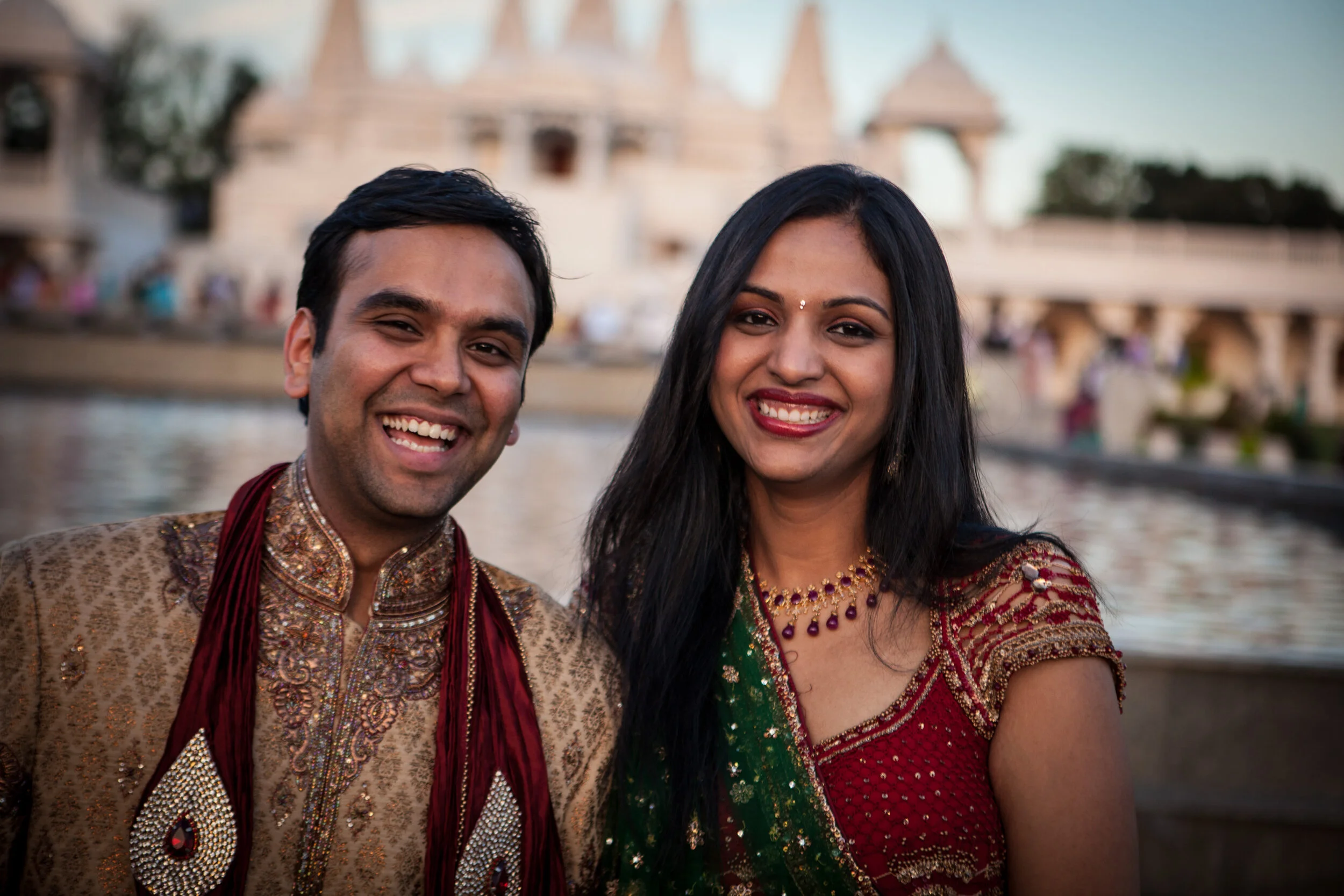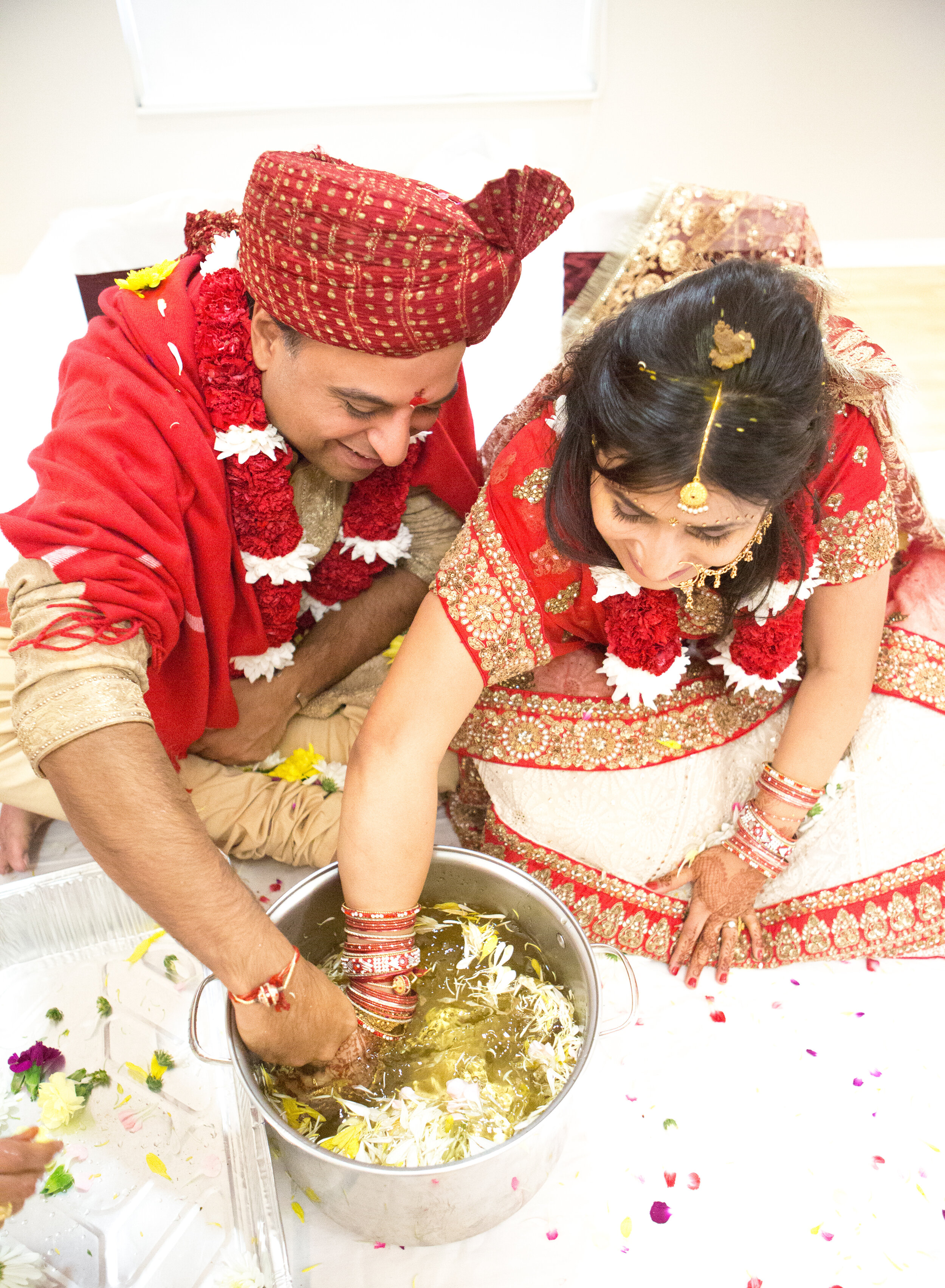Photography by the Atlanta Wedding Photographers at AtlantaArtisticWeddings
The vibrant Indian community is one of the many cultures Atlanta Artistic Wedding Photography has been lucky enough to work with. With hundreds and thousands of languages and dialects, the diverse cultures and religions of India create many rich and cherished traditions when it comes to ceremonies like weddings. Just like traditions in the Nigerian culture, Indian traditions have a tendency to celebrate the merging of not just two individuals, but of two families. We have shot numerous weddings for this community and each time we get to see and learn more about this culture and its rituals.
Photography by the Atlanta Wedding Photographers at AtlantaArtisticWeddings
Many different rituals that are part of an Indian wedding ceremony can take place weeks before the actual ceremony. One ritual, called the Tarik ceremony, takes place when the groom’s offer of marriage is officially accepted by the bride’s family. Male members of the brides family present the groom with gifts and adorn his forehead with kum kum powder, which is believed to bless him. It used to be customary for this ritual to take place a month before the wedding date, but recently it has become easier for it to be performed closer to the ceremony. The next pre-wedding ritual, the Barni Bandwhana, takes place about 15 days before the wedding. During this ritual, a Mauli, or piece of thread, is tied around both the groom and his parents’ wrists as a prayer for good luck in the upcoming marriage. Another popular ritual in this culture is the Mayara, or the “Maternal Uncle’s Ceremony”. During this ritual, the maternal uncle of both the bride and groom must go to the house of their sisters, the mothers of the bride and groom, and present them with gifts. These gifts usually include the dresses the two women will wear to the wedding ceremony.
Photography by the Atlanta Wedding Photographers at AtlantaArtisticWeddings
The wedding attire is a very important aspect of Indian weddings as well and everyone in attendance is dressed to look their best in very bright colors, with the bride and groom giving off a regal air. One important piece of the bride’s attire is henna art. The bride and her female friends and family put on their henna on the second day of wedding celebration. This art is painted onto the women’s skin by a professional in the morning and is allowed to set for the rest of the day. Henna is believed to ward off evil and bring good luck to the couple and, sometimes, the bride and groom’s names are hidden in the bride’s henna. While the bride’s attire can vary depending on region, most brides wear a Gagra Choli, or two-piece dress with a midriff-bearing blouse and a lehnga, or ankle-length skirt. This is topped with a dupatta, or scarf that acts as a shawl and veil for the bride. Indian brides prefer fabrics such as silk or cotton and their wedding outfits are often designed with the Gota Patti embroidery style. The grooms attire also depends on region, but the most popular attire is a kurta, or collarless shirt, sometimes with a Sherwani, or long coat. The groom may also wear a curtain of flowers, called a sehra, over his face in the North while Muslim grooms often wear a taqiyah, or short, rounded skullcap. While you’ll see many bold colors at an Indian wedding, the couple often choose red for their wedding outfits, as they consider red a lucky color in their culture, and they top off their looks with golden jewelry.
Photography by the Atlanta Wedding Photographers at AtlantaArtisticWeddings
A traditional Indian wedding celebration lasts at least three days, with a special ceremony on each of these days. On the first night, both families gather at home for a get together called Ganesh Pooja, where close family members of the bride and groom can meet and get to know each other. The second day consists of the Mehndi ceremony where the women receive their henna and that night is reserved for the Sangeet ceremony. This is when the couple, their families and friends, and even some of the wedding guests are invited to mingle and enjoy a meal. Typically during this party, the bride and groom’s close friends and relatives perform traditional dances for the couple. The third day is the formal wedding ceremony where the bride and groom are officially wed.
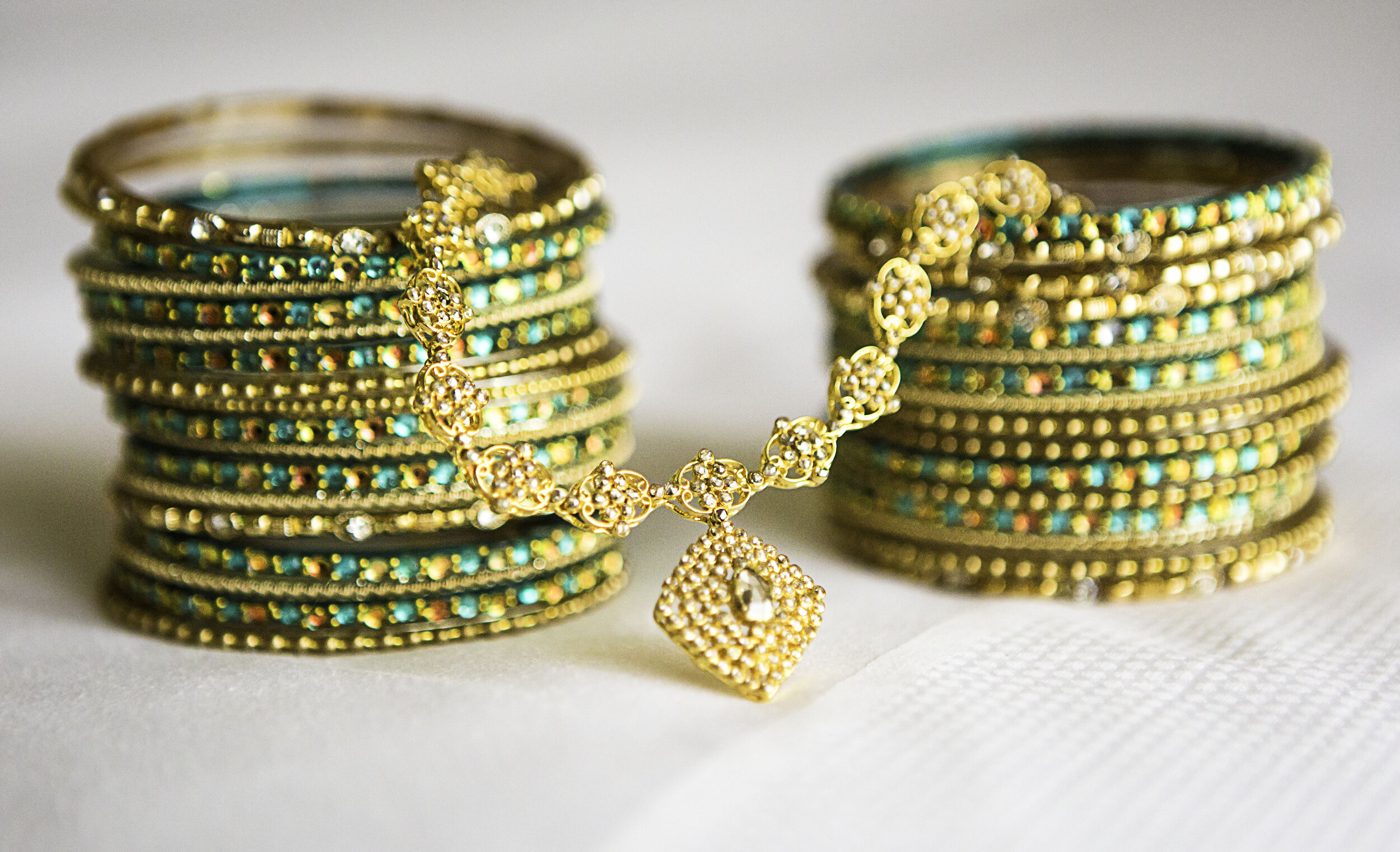
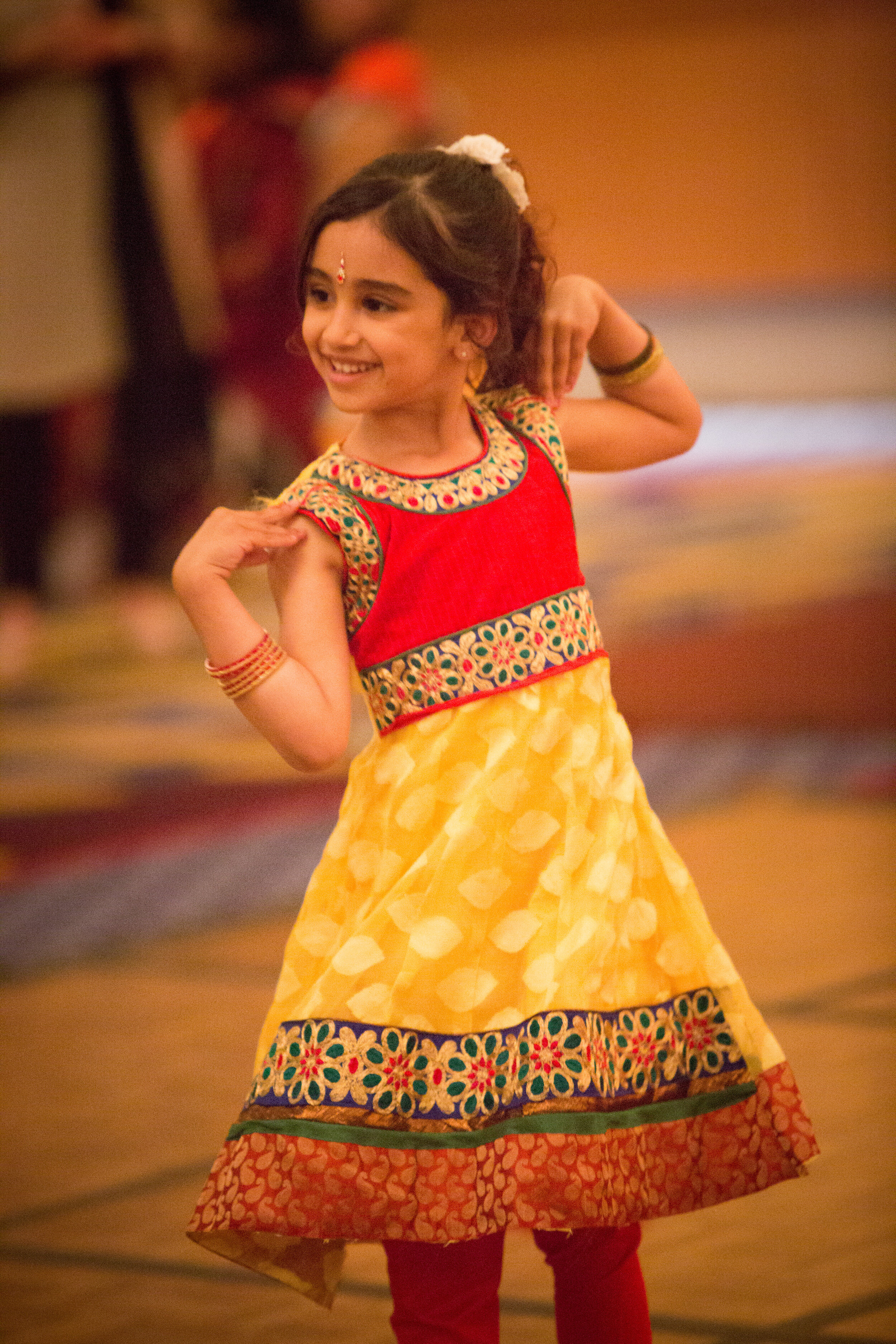
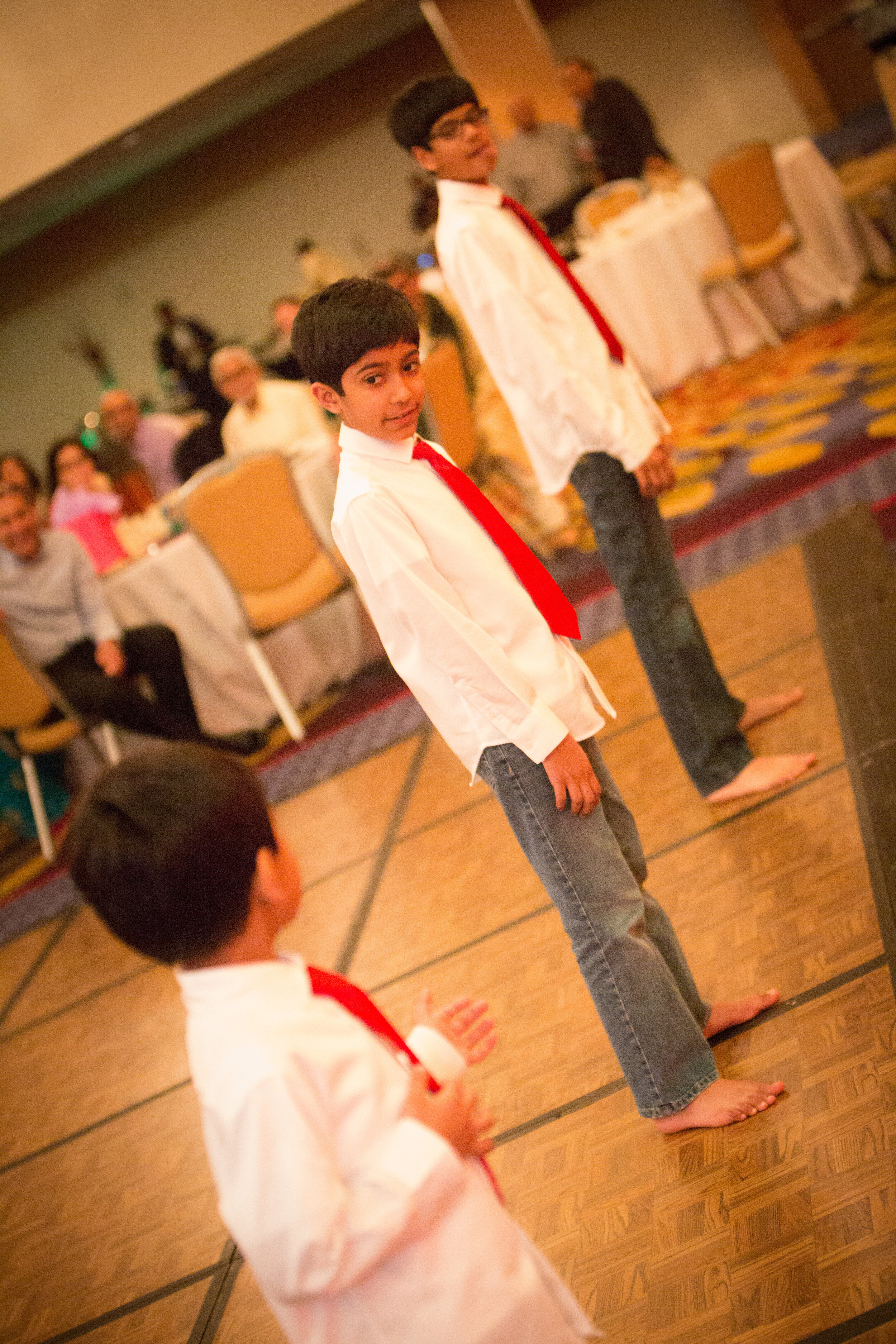
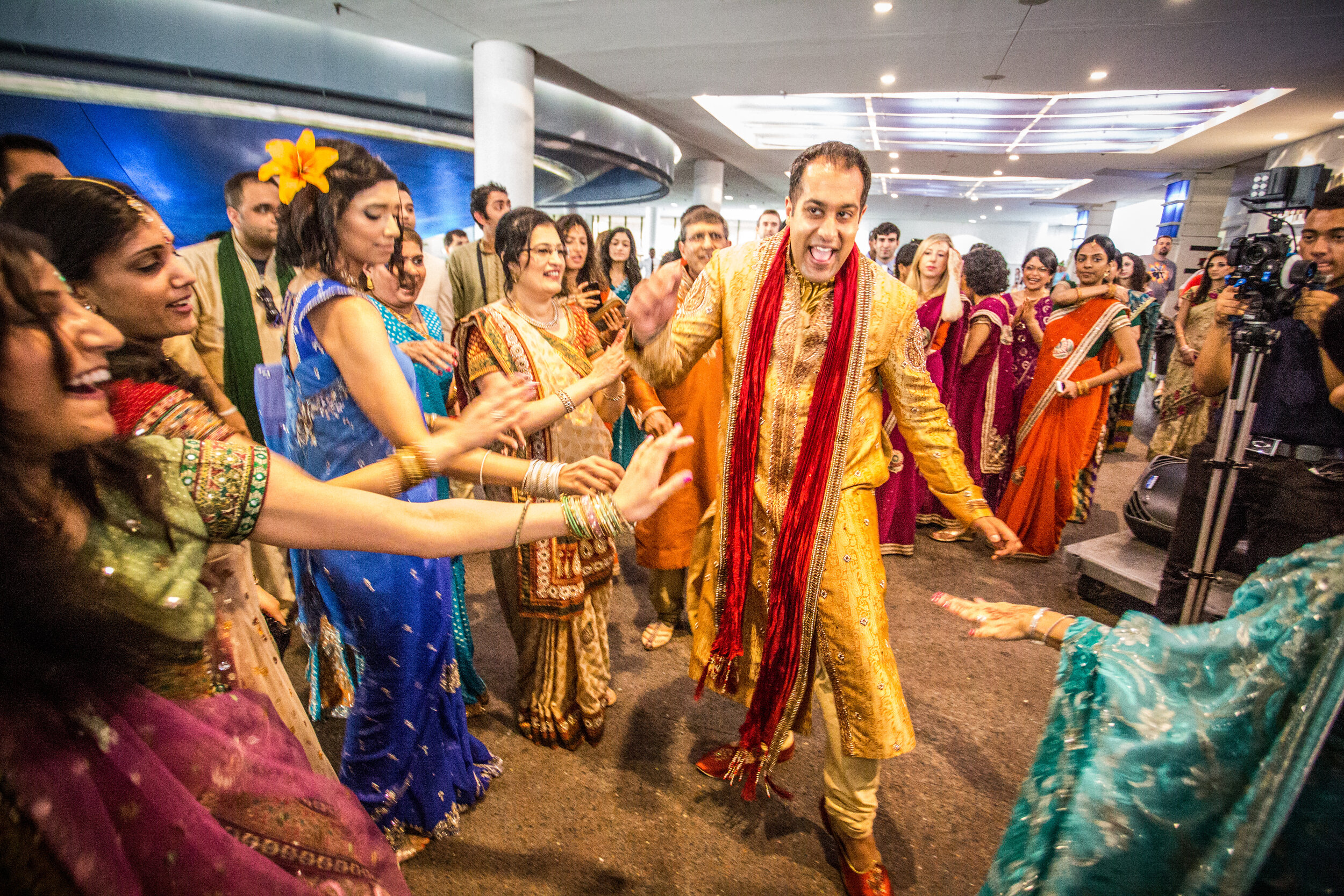
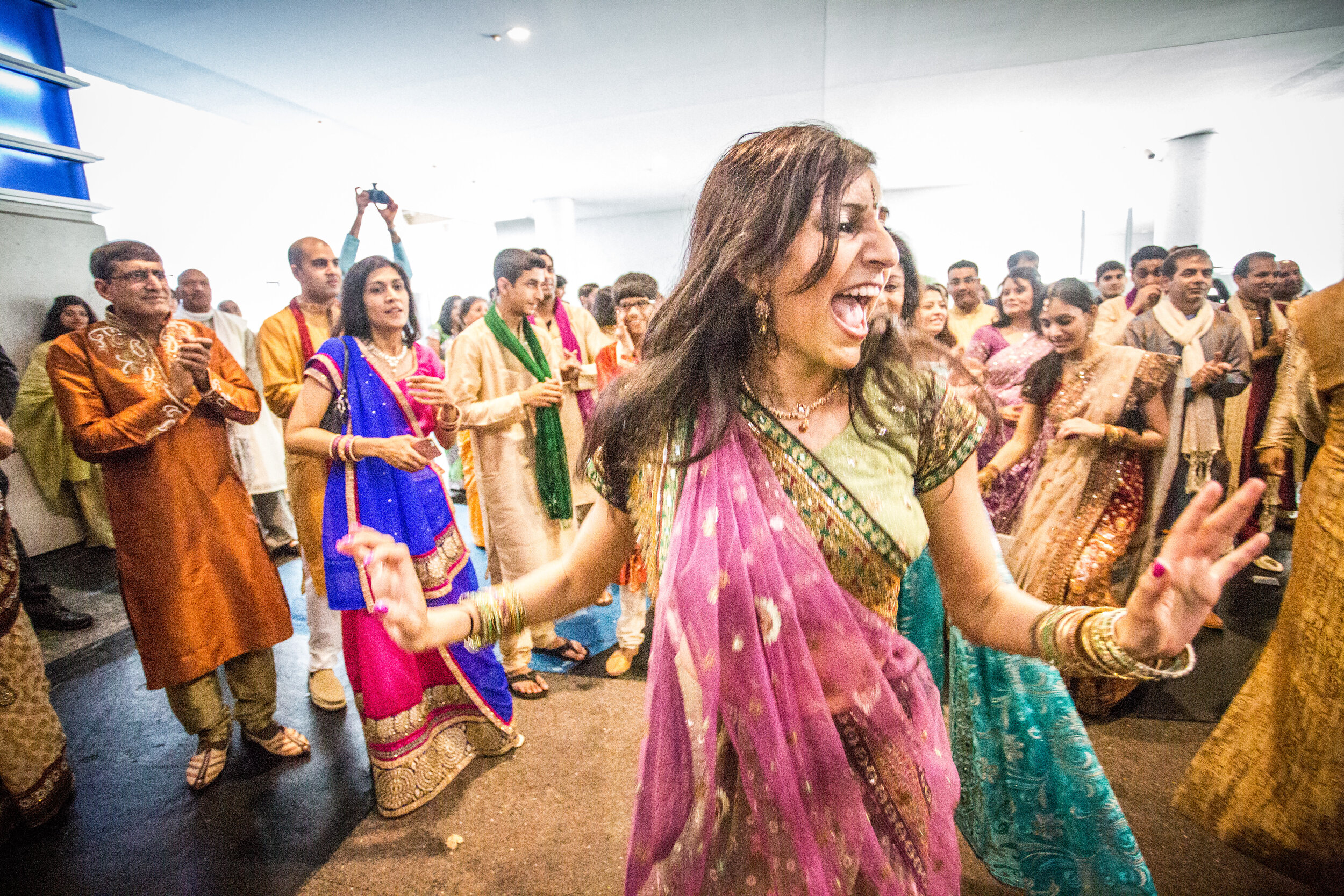
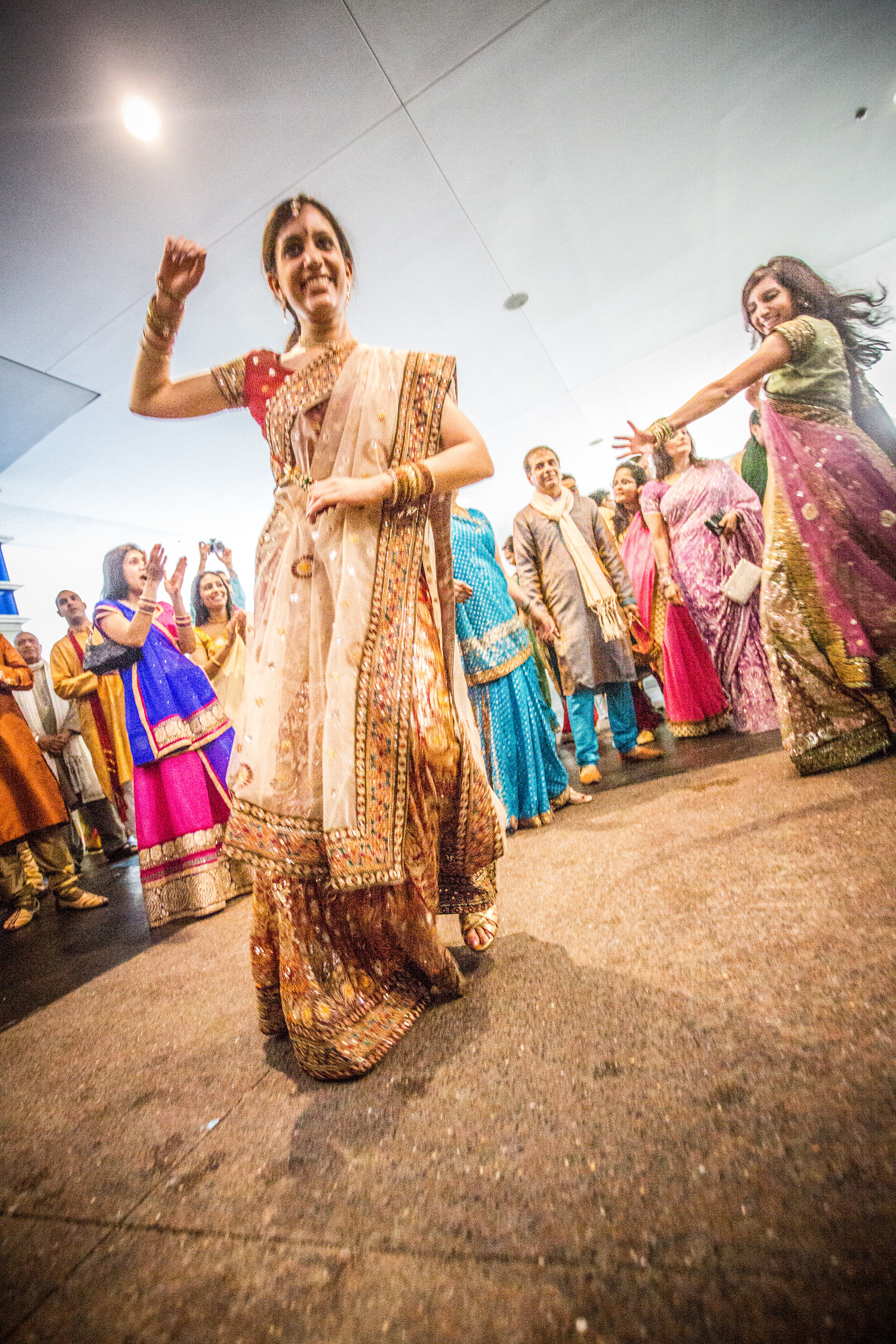
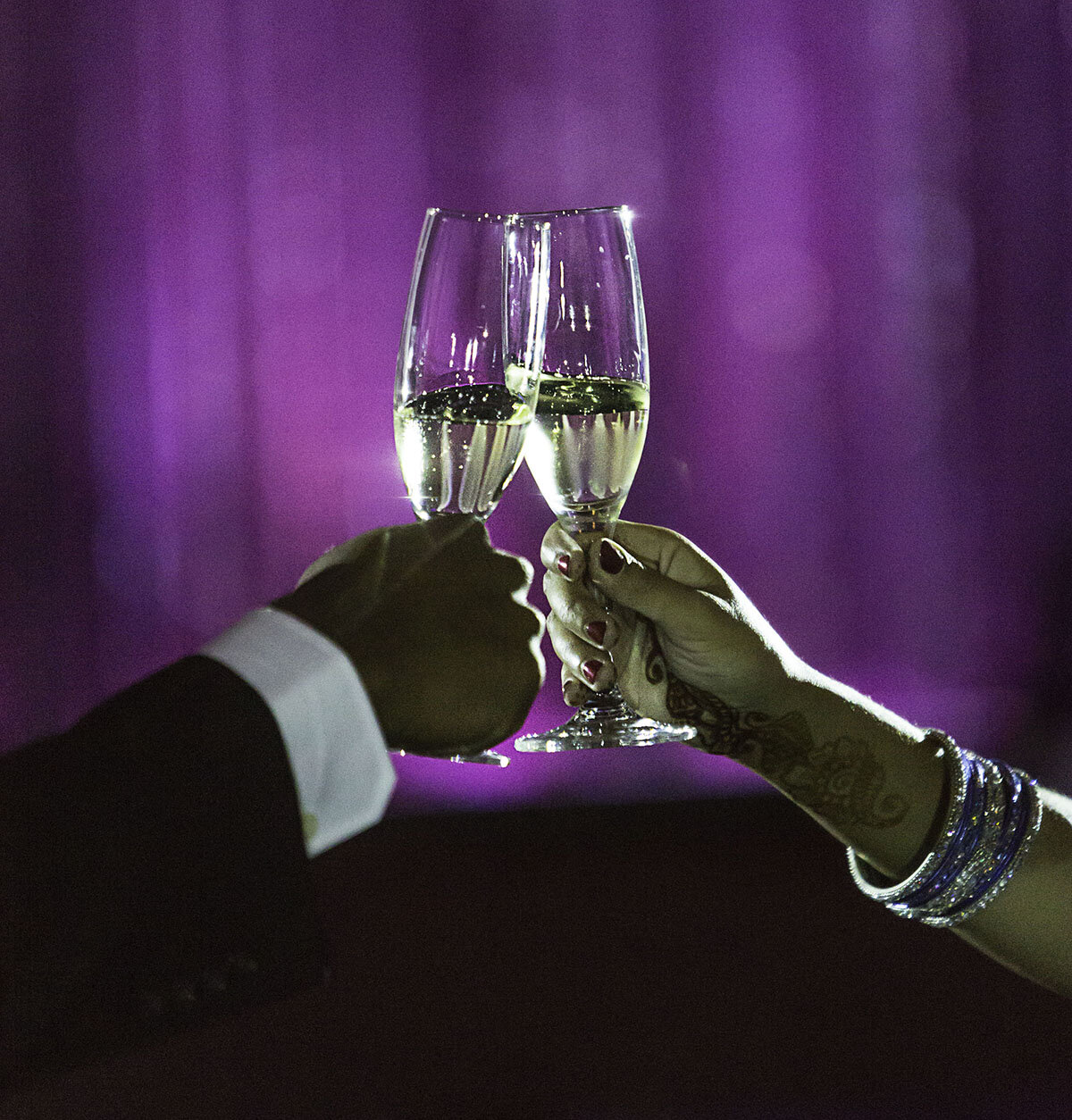
The official ceremony includes many traditions. The morning of the ceremony, the groom and his soon-to-be mother-in-law will meet under the Mandap, a covered structure constructed that morning made of four pillars that represent the bride and grooms parents. She’ll wash his feet and offer him milk and honey. This is meant to strengthen the grooms relationship with the mother-in-law, which will in turn strengthen his relationship with his wife. During this, the bride’s sister tries to steal the grooms shoes and, if she succeeds, he must pay her to get them back. The Baraat, or “ceremony within a ceremony”, is next, where the groom arrives to the ceremony on a decorated white horse, circled by family and friends while the brides parents and family present him with gifts. The processional begins with Var Puja, where the elders walk the groom down the aisle. Since the brides father is already placed at the altar, the bride is then escorted down by her maternal uncle and, once both have reached the end of the aisle, the bride and groom place a floral garland around each others neck and the ceremony begins.
Photography by the Atlanta Wedding Photographers at AtlantaArtisticWeddings
During the ceremony, the “pandit” or priest, bride, groom, the parents of the bride and groom, and the siblings of the bride and groom are all seated under the Mandap. Fire is considered a symbol for life, so the couple lights a fire in a fire pit to provide their marriage with a long life. The bride and groom then proceed with the Mangalphera where the couple walks around the fire four times, each representing a major goal in their marriage – dharma (morality), artha (prosperity), kama (personal gratification), and moksha (spirituality). They may be joined together by string or scarves as they walk and they may throw rice and herbs into the fire as an offering, which is called Havan. They also follow Saptapadi, where they take seven steps around the fire, each representing a marital vow or commitment. The pandit says chants that officially tie them together in the eyes of the gods as they walk. After their fourth cycle, they must race to their seats, and the first to sit is thought of as the dominant party in the marriage. Next, the groom places red kum kum powder on the bride’s forehead and adorns her with a mangalsutra. a necklace made of black and gold beads, which is a symbol of her wedded status and the bride wears it throughout her life in the hopes of a long life for her husband. After their marriage is official, the guests throw flowers to the couple and move on to the reception. While many aspects of the reception are similar to Western tradition, the guests usually dance the bhangra, which is a traditional folk dance.
Photography by the Atlanta Wedding Photographers at AtlantaArtisticWeddings
The festivities don’t stop at the reception. The following day, both families meet for Bou Bhat. Here, the groom’s family officially invites and accepts the bride into their family. The groom then pledges himself to his bride, and to prove he can provide for her, he presents her with a new sari and a meal. The well wishes last a few days or even weeks after the wedding with Aashirwad. This is when the bride’s family will go to the groom’s family, present them with gifts and give their blessings and the grooms family will do likewise for the bride’s family.
Photography by the Atlanta Wedding Photographers at AtlantaArtisticWeddings
There are so many traditions and customs that go into an Indian wedding, each of them symbolizing the core values of their culture. The more I see of other cultures and their traditions, the more I see that underneath, we’re all connected by the same values surrounding family, happiness and love. Each wedding we shoot for this community serves to broaden our horizons and teaches us something new, which always makes it a very cool experience.
Thanks again,
David
#indianwedding #wedding #indianbride #bride #wedmegood #fashion #weddingphotography #love #india #weddingdress #indianfashion #weddinginspiration #indian #bridal #saree #weddingsutra #punjabiwedding #indianwear #photography #bridalmakeup #lehenga #makeup #destinationwedding #weddings #mumbai #weddingseason #makeupartist #weddingday #bridetobe #bhfyp




